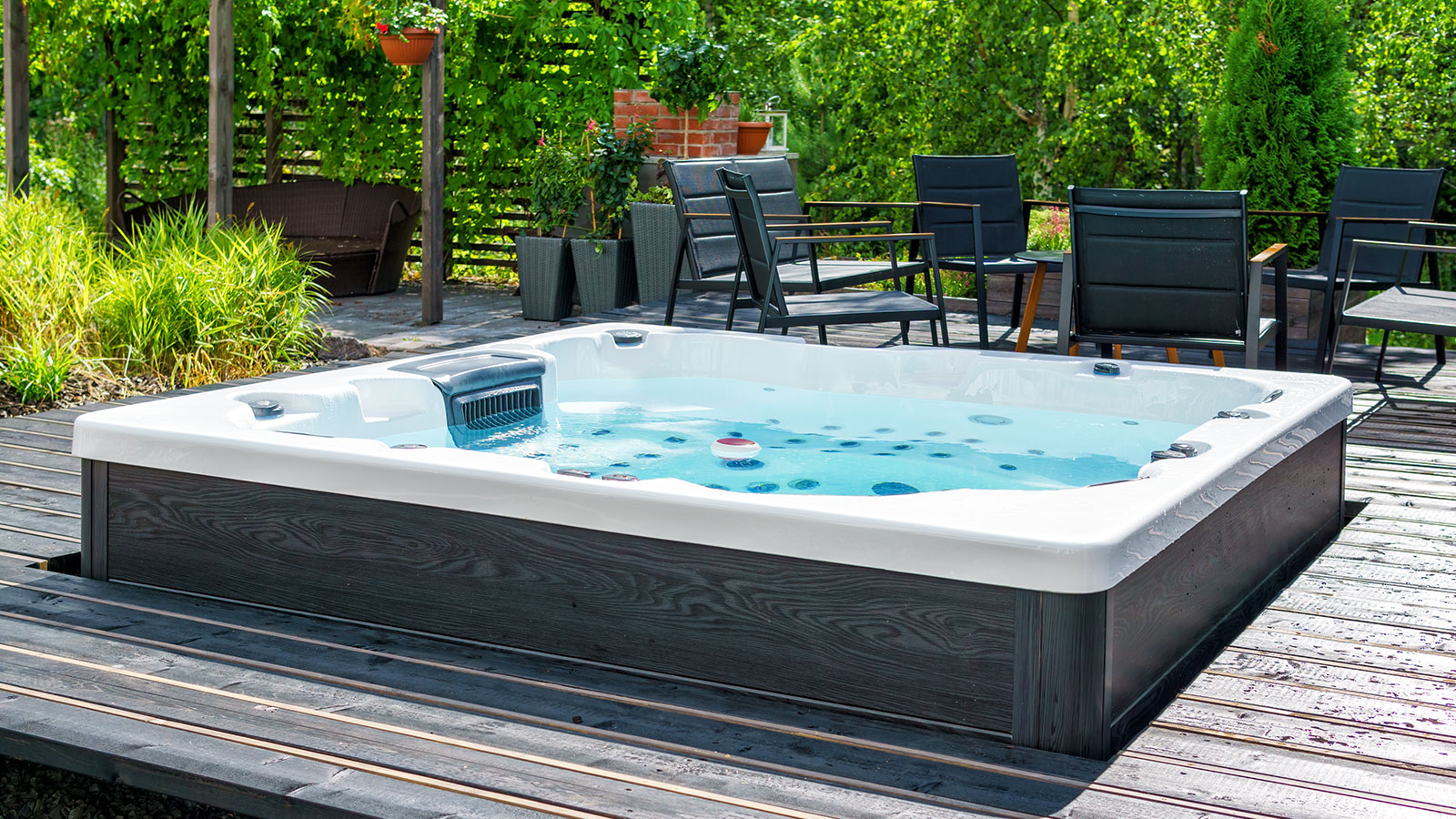
A hot tub can transform a yard, introducing a social, luxurious space that can soothe hard-working muscles.
However, hot tubs are one of the most expensive appliances you can buy. Buying and installing a hot tub can cost $10,000 - often more - and any missteps could be very costly mistakes.
I spoke to pool and hot tub experts about the most common mistakes they see when people buy and install hot tubs - and how you can avoid them.
1. Forgetting maintenance costs
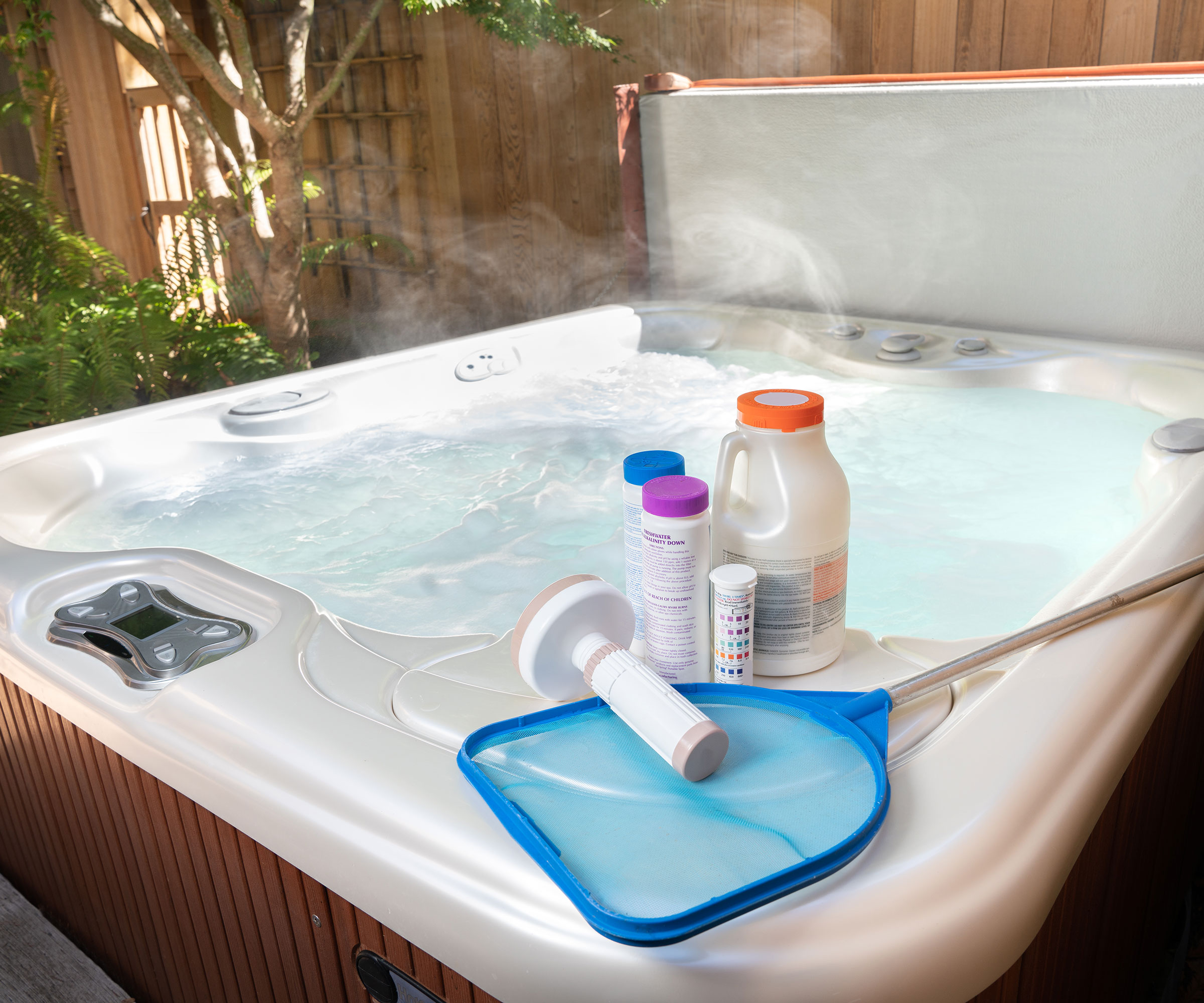
One of the most common mistakes is forgetting the ongoing maintenance costs. The costs for a hot tub don't end once it's installed. You have to shock hot tubs and keep them hygienic with chlorine, and with chlorine prices staying high thanks to shortages, inflation, and price gouging, this can be a significant monthly cost, especially in the summer.
Pool and hot tub expert John Uhle told me that: 'Water care is non-negotiable. Budget for ongoing maintenance and consider a saltwater system for lower upkeep. Don't try to buy the cheapest chemicals: low-quality chlorine or shock can break down faster, making your water harder to balance and leading to higher long-term costs.'
2. Buying too cheaply
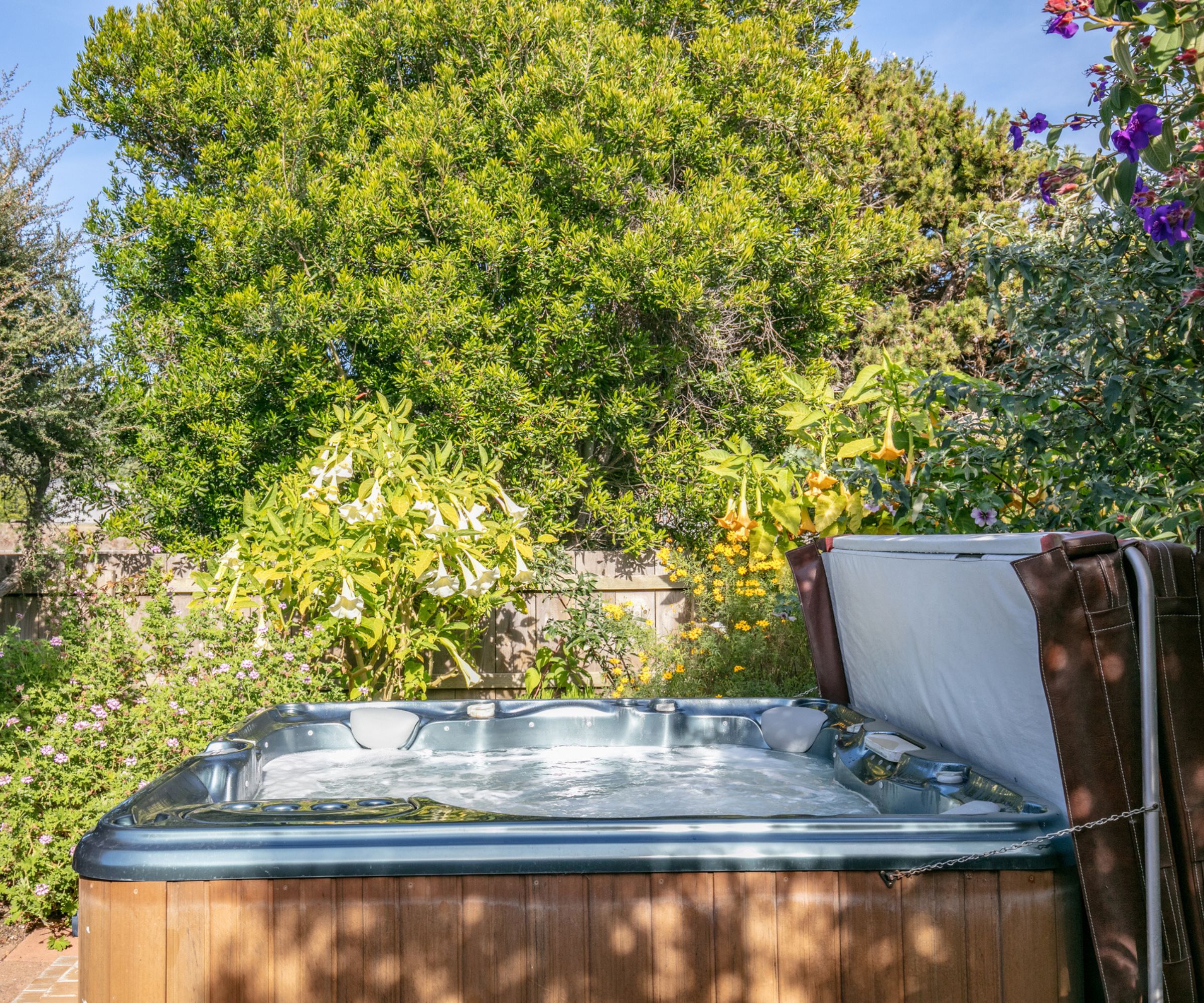
Hot tubs are very expensive, and it's no exaggeration that opting for a cheap option can save you thousands of dollars. However, these cheap hot tubs are often inexpensive because they cut corners on insulation.
John Uhle explains that: 'Many focus only on the upfront price, but energy efficiency, required maintenance, and repairs can make or break your investment. A cheap hot tub that costs a fortune to run isn’t a great deal. Not all hot tubs are built for efficiency. Poor insulation means sky-high energy bills and lukewarm soaks in cold weather.'
3. Neglecting to measure the entrances to your property
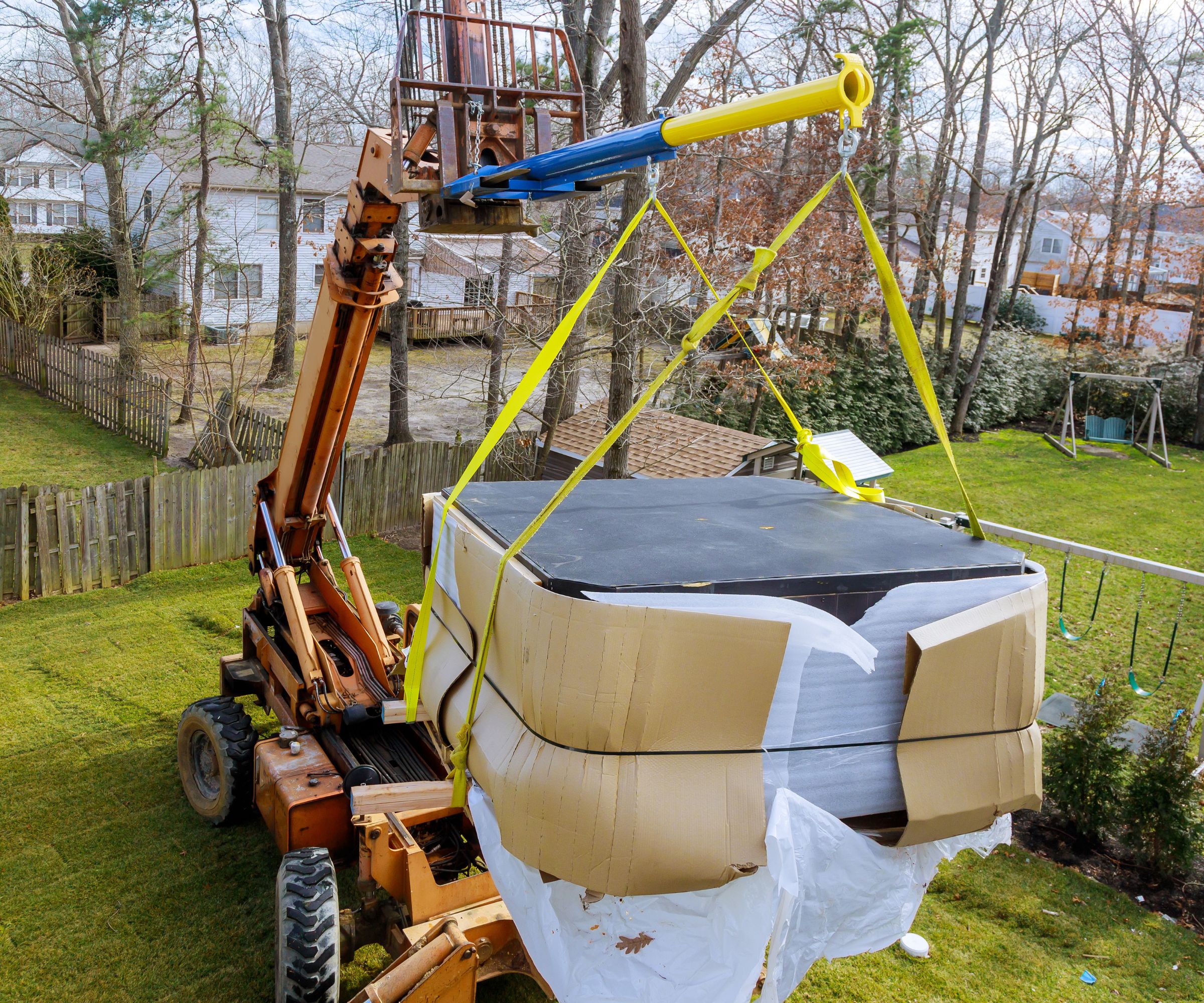
A simple but common mistake is to forget to measure the entrances to your property. You might have the budget and space for a big 8-person tub, but if you can't fit it through your gates or past your fence, it's totally useless.
Expert designer Elissa Hall says: 'If property entrances aren’t measured, it can cause significant logistical issues. Exact measurements help guarantee that the hot tub can be delivered and installed without a hitch, and a miscalculation can result in a total overhaul of the installation plan.'
Pool expert John Uhle agrees. 'If your hot tub won’t fit through your gate or side yard, you’re looking at expensive crane rentals or, worse, returning the tub,' says John. 'Even if the tub fits, can it make the turn? Many buyers check the width but forget about angles, overhangs, and tight corners.'
However, John gave me a handy tip for working this out. 'If you’re in doubt, map out the path with painter’s tape first.' Lay down two pieces of painter's tape along the route of the installation path for the tub. If at any point the tape is narrower than the height of the hot tub, the tub is too big to fit in your yard without a crane - at which point you may need to pay to hire a crane.
4. Poor placement
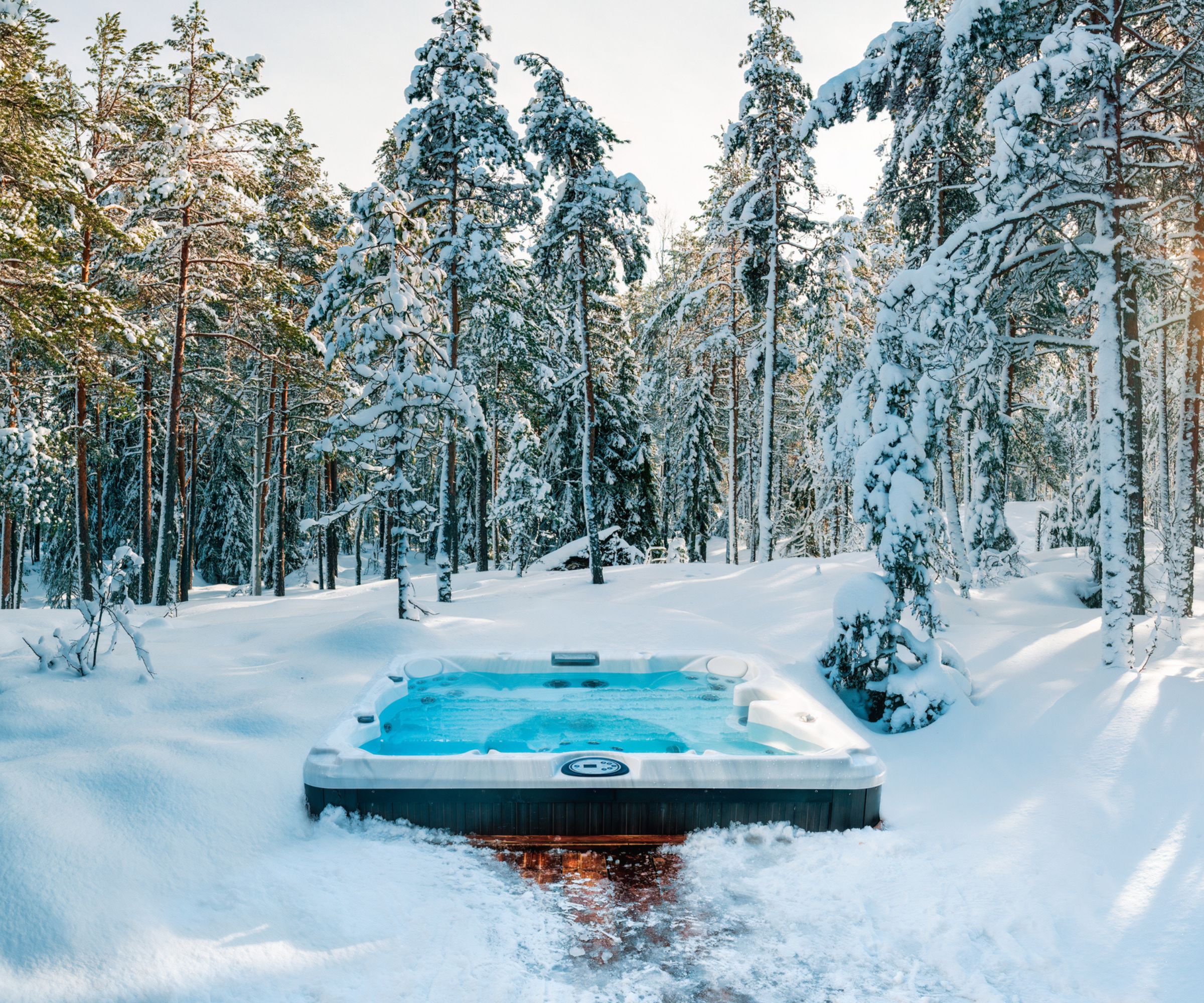
Many people make the mistake of putting their tub in the wrong place. Most importantly, a hot tub should be installed on hard, even ground, because this stops the tub from sinking or tipping, which can be unsafe.
The tub should be a few yards away from the house, but not so far away that it's a pain to walk out to use it. There are a few reasons for this. John Uhle explains that: 'Hot tubs are loud. Not just the jets - the pump, heater, and filtration cycle can be a 24/7 hum. If it’s near a bedroom window or a neighbor’s fence, you might regret it. Also, they smell, and if the hot tub is close to windows or vents, chlorine or bromine fumes will drift inside.'
Hot tubs are also best placed far away from cooking areas John says: 'The real nightmare spot is close to the grill or fire pit. Hot tubs and smoke don’t mix - grease, ash, and heat can cause major issues.'
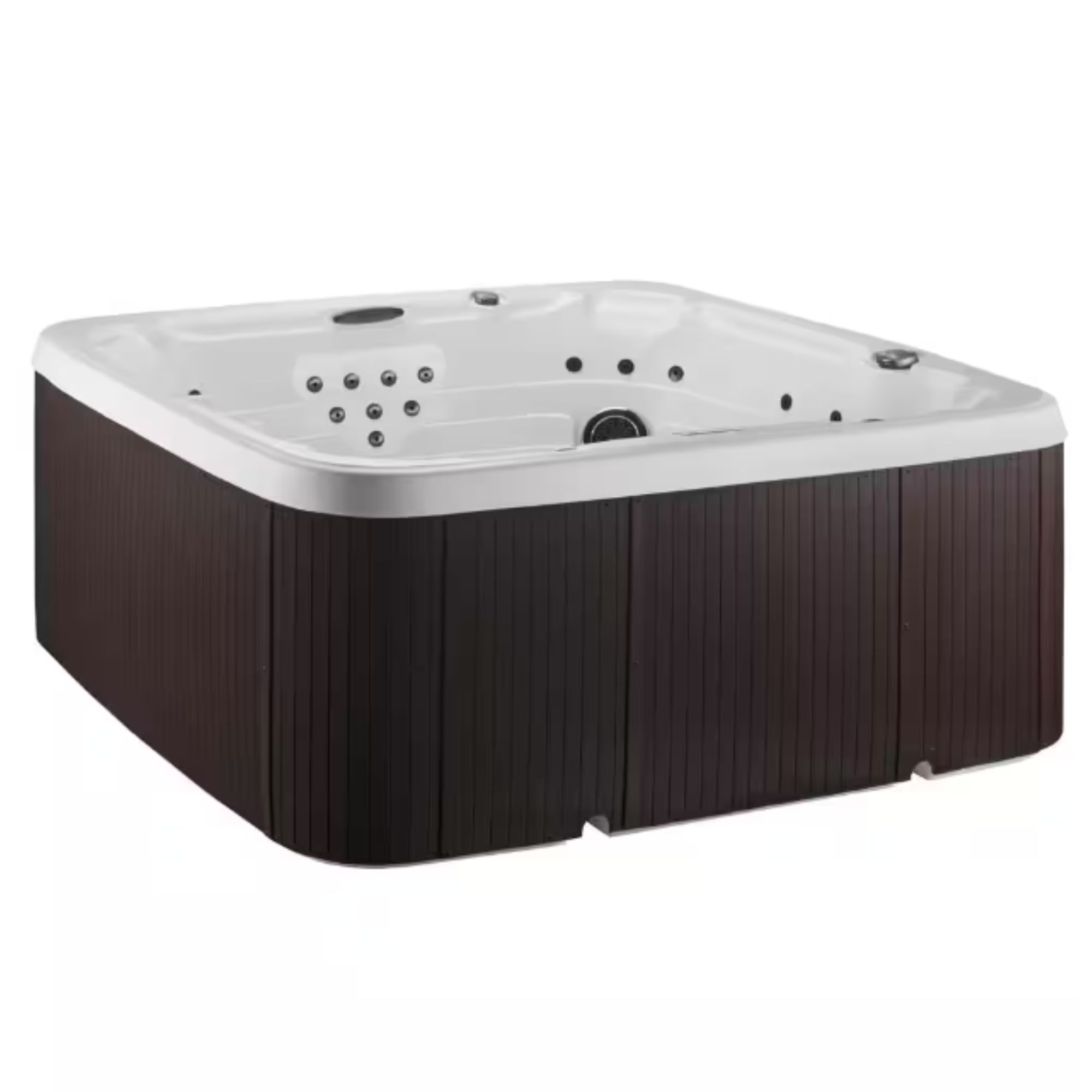
This is our pick for the best hot tub. This big hot tub has 65 jets and a seven-person capacity. There are hundreds of five-star reviews from other reviewers, built-in LEDs, and a dedicated back massager.

We love this hot tub because it's packed with extra touches, from steps to a cover and even a cooler. But while it's listed as a six-person tub, it only comfortably seats four.
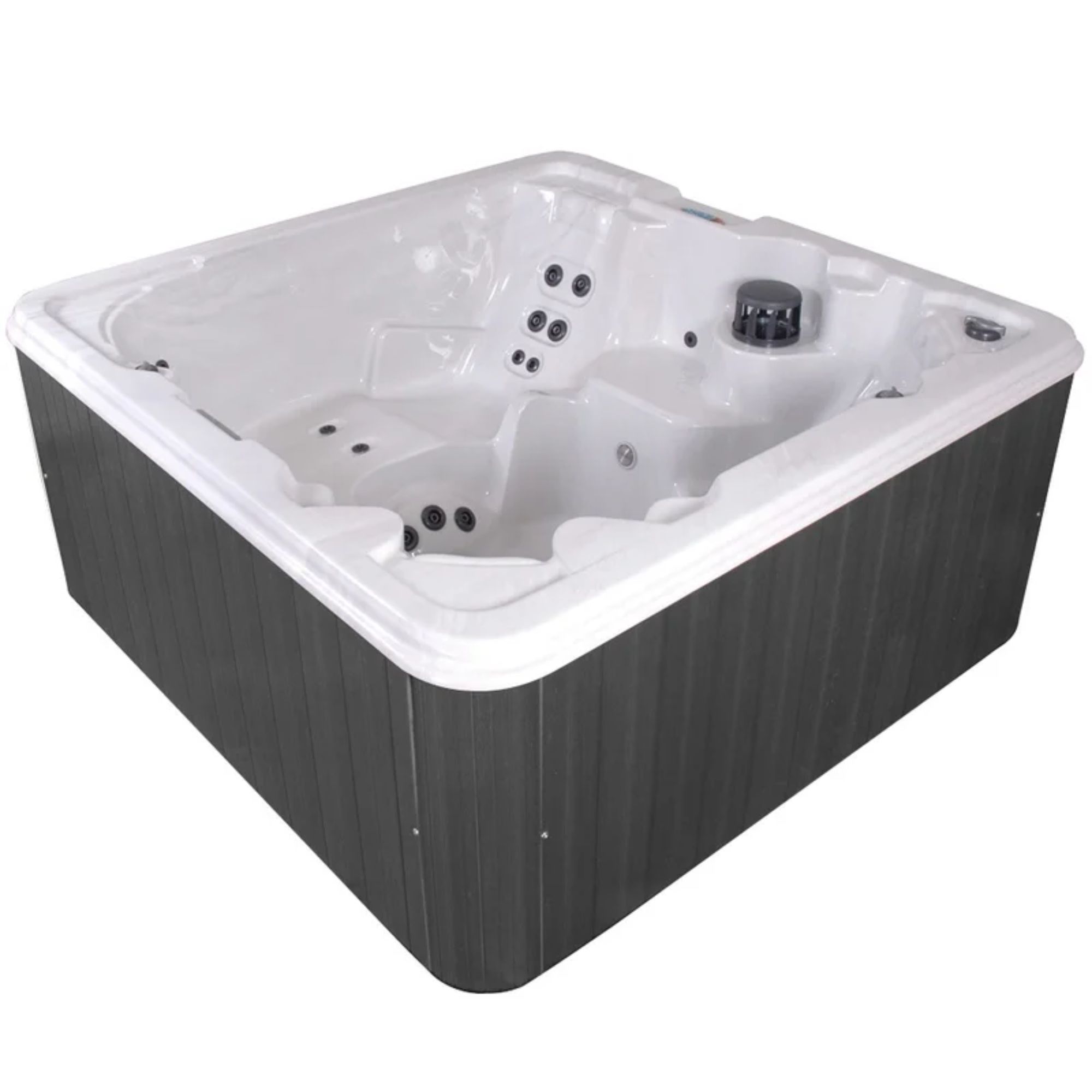
This huge hot tub is perfect for a crowd , seating up to 8 people. Users say it's very durable and has held up well for years. Just bear in mind that there are only 47 body jets.
5. Forgetting to pest-proof
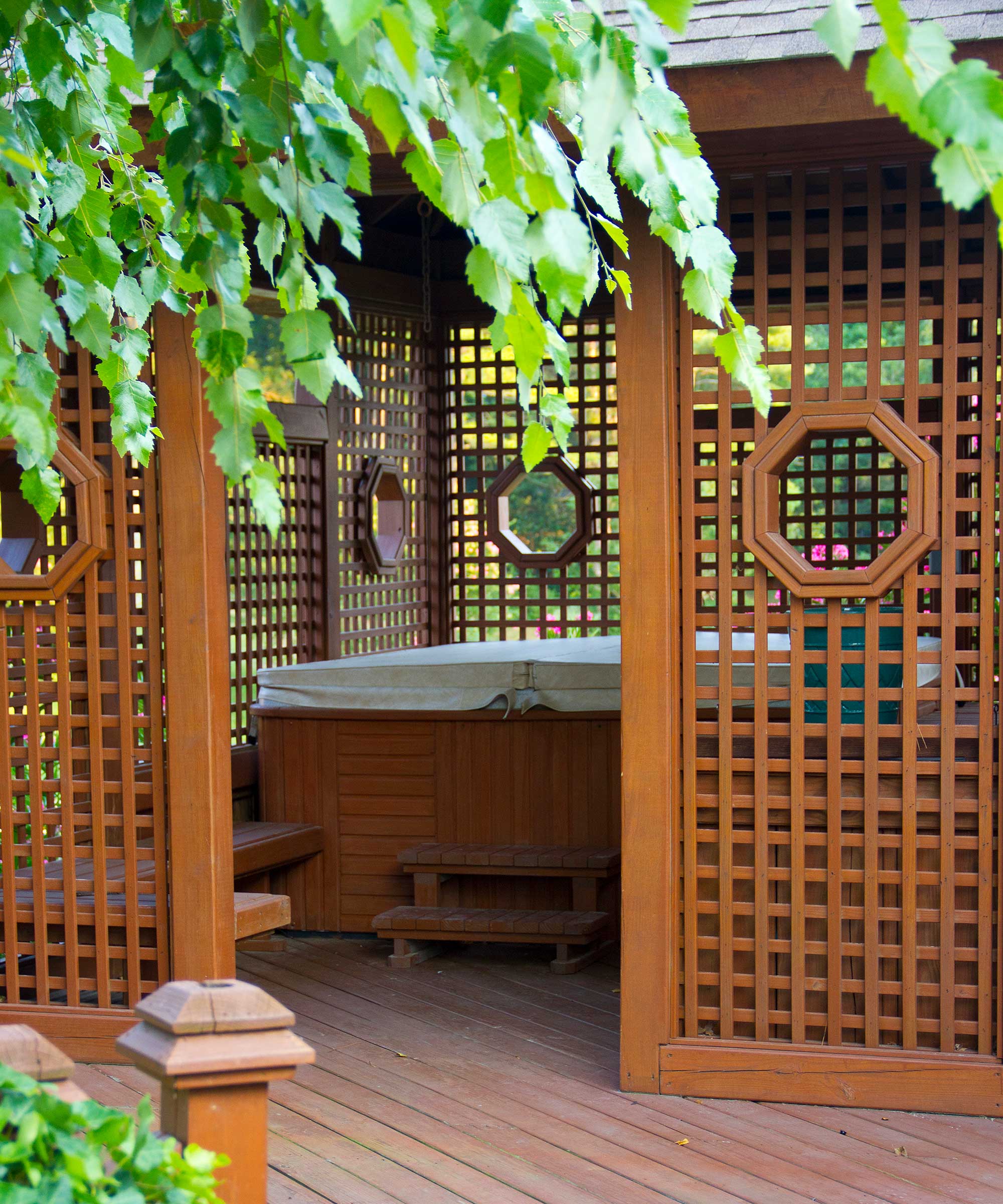
Most parts of the country need good pest-proofing. A hot tub - especially a winterized tub with no water - is the perfect spot for animals seeking shelter. John Uhle says: 'If you live in an area with raccoons, bears, or curious pets, you need to protect your hot tub from animals. A strong cover prevents unwanted visitors and keeps your water clean.'
You should also consider adding wire mesh to any gaps in the hot tub, especially around the maintenance panel. This will prevent small animals from gnawing at the hot tub.
'Additionally, rodents like mice and squirrels love chewing on insulation and wiring, which can cause costly repairs,' says John. 'If you live in an area with these critters, check under your tub regularly.'
6. Avoid inflatables in the cold
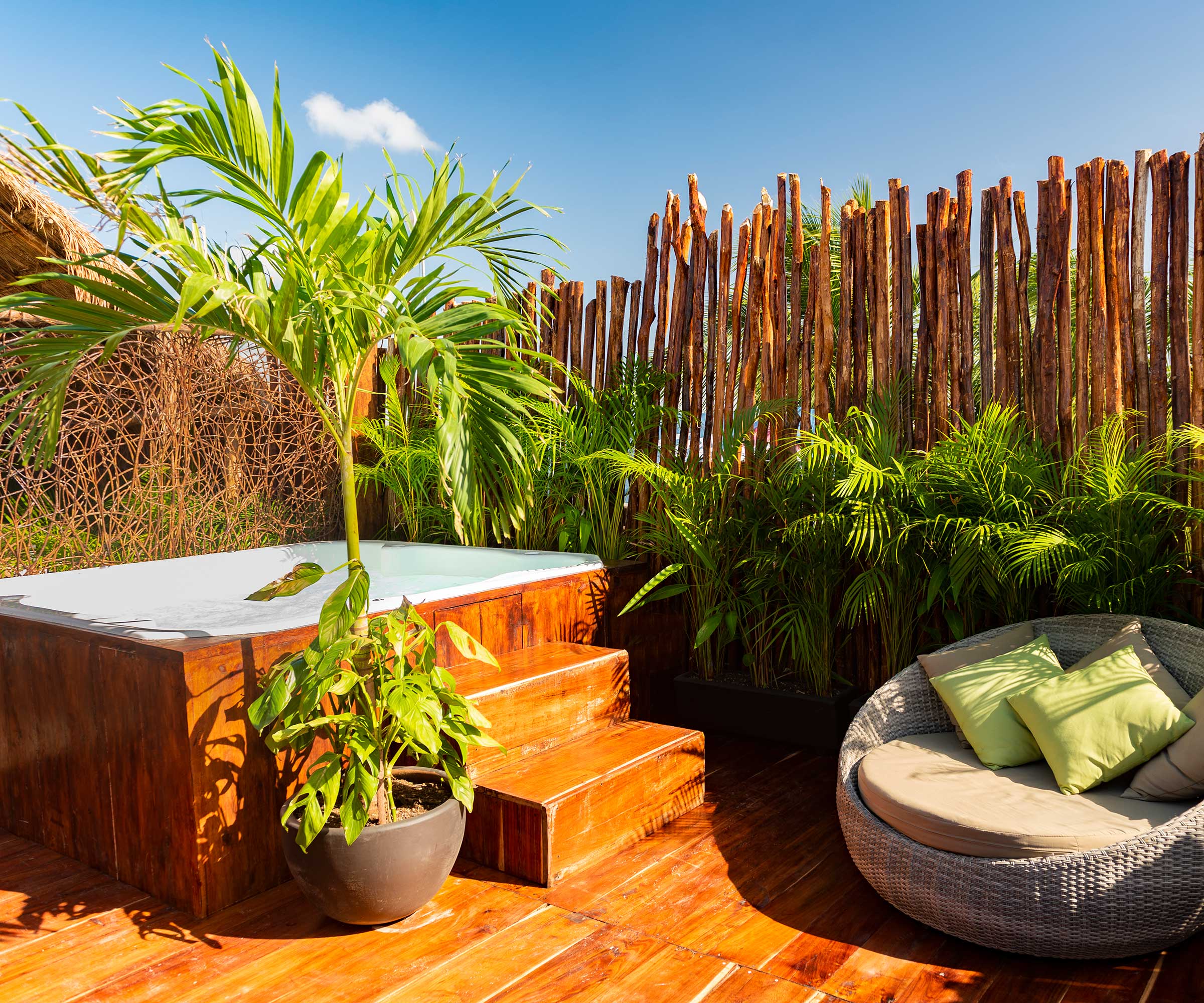
Inflatable hot tubs can be a good option if you want a hot tub on a budget, but they aren't always the best option. They aren't as sturdy as plug-and-play or built-in tubs, because they can pop or puncture, and they also can't fit as many people.
Crucially, inflatable hot tubs can't work in the coldest parts of the country. John Uhle says: 'Inflatables can’t run below 40°F, and the ones that claim they can will still struggle in cold temps.'
7. Not accounting for wiring
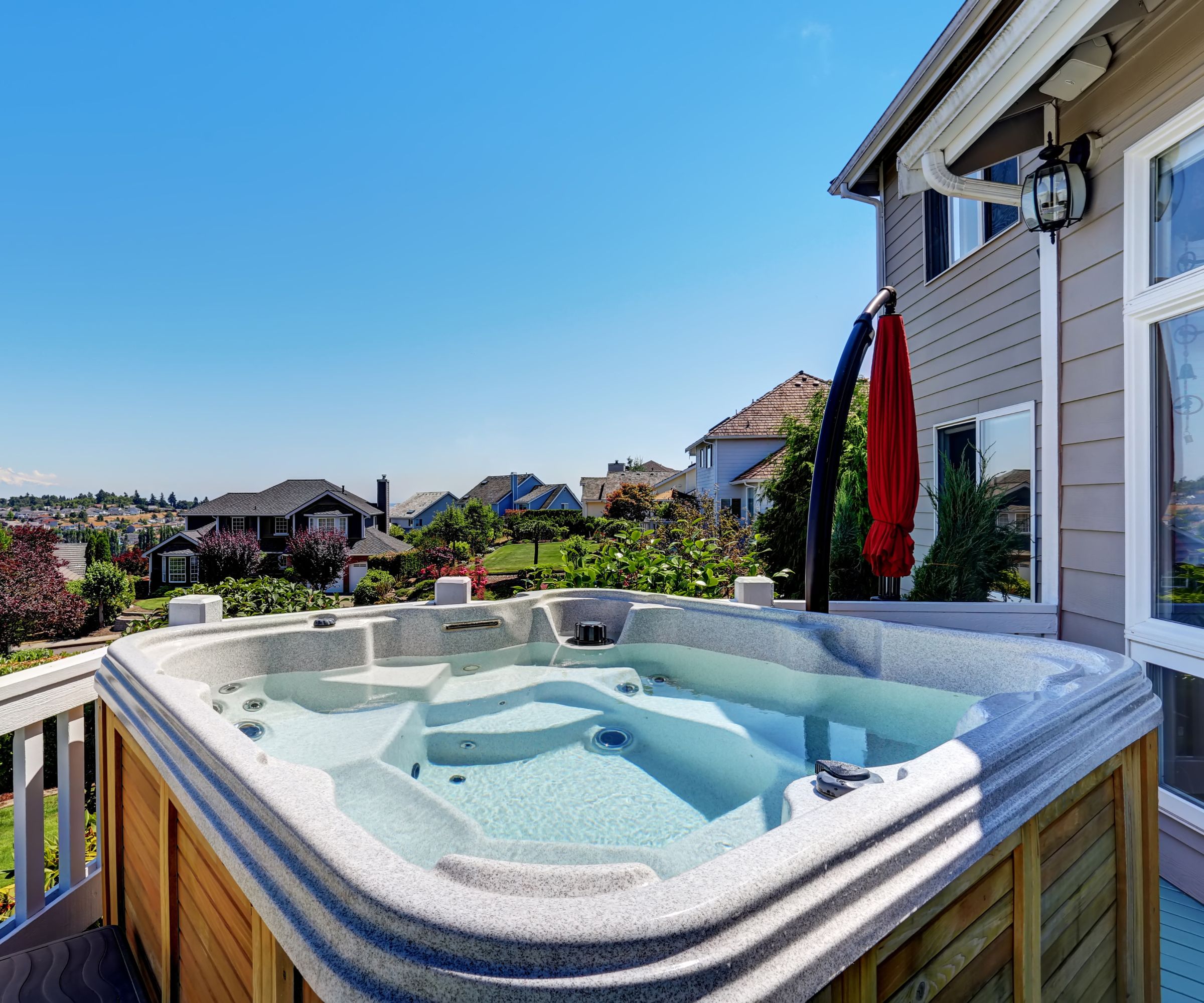
Good wiring is crucial for keeping the hot tub running, but many people overlook the electrics when buying and installing a hot tub. Designer Elissa Hall says: 'Another frequent error is ignoring electrical needs. Failure to account for these details can result in unnecessary expenses and added delays in your installation - inadequate preparatory work for the electrical load can pose considerable challenges when it comes time for installation.'
Thankfully, this is easy to hold in mind. John Uhle says: 'Before installation, ensure that you have proper wiring; some models need a 240V hookup, which may require an electrician. Also, don't forget about an emergency shutoff; you should have easy access to a power cutoff nearby.'
Proper maintenance of your hot tub can help you save a lot of money in repair and cleaning cost. Learning how often to shock a pool or the difference between pool shock, chlorine, and bleach can save you a little money.







